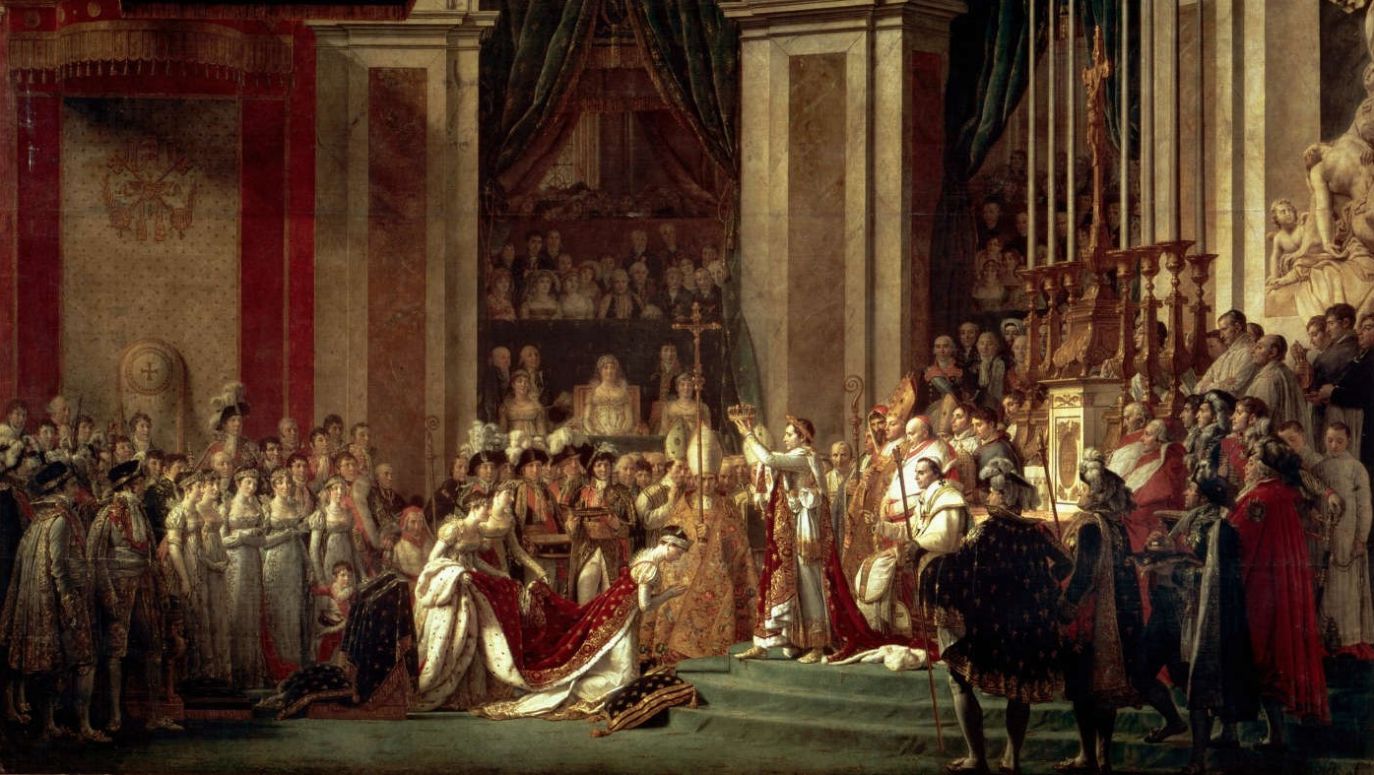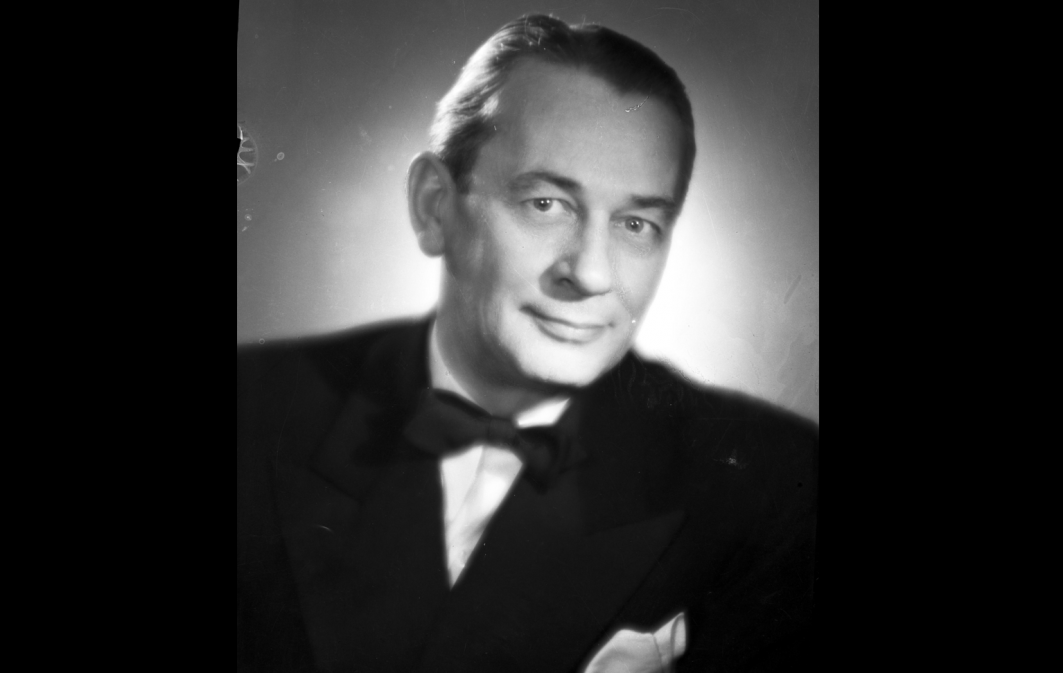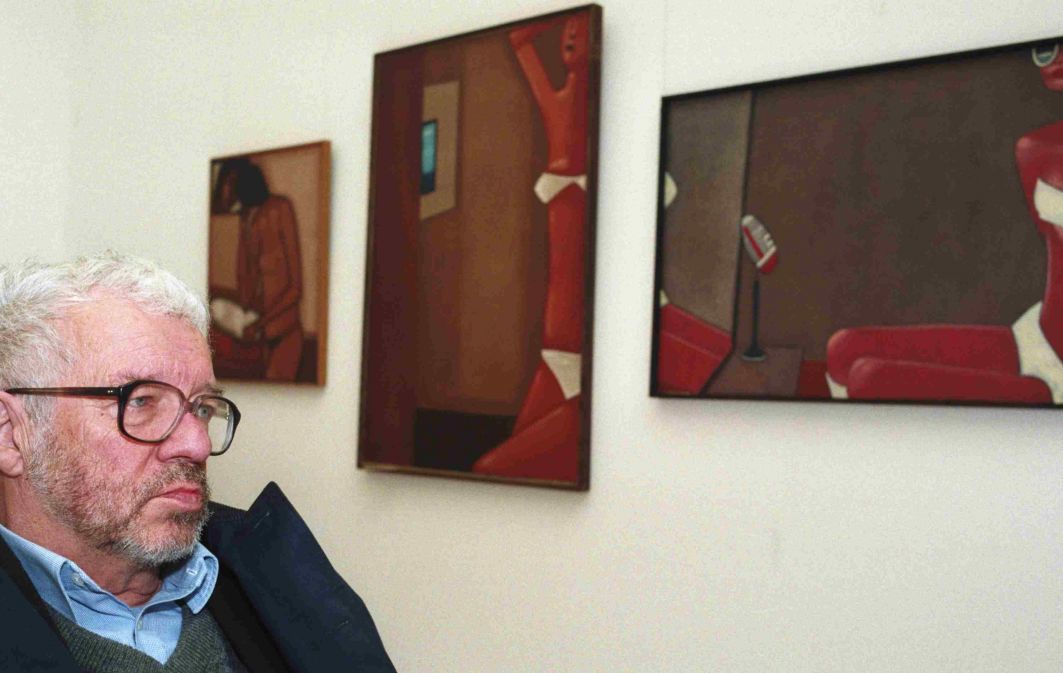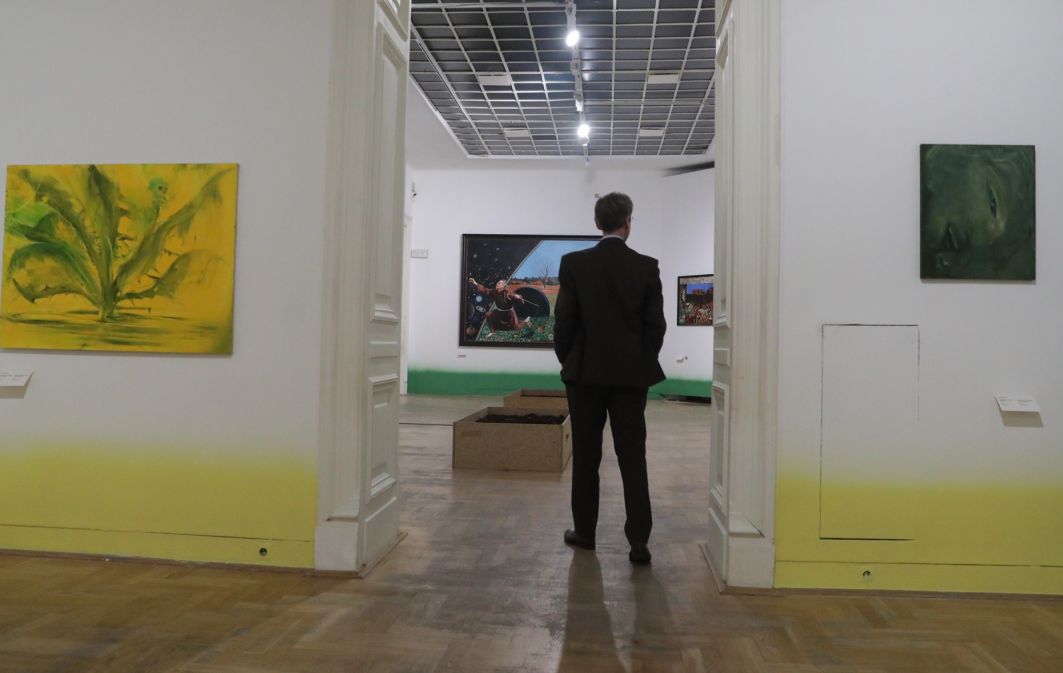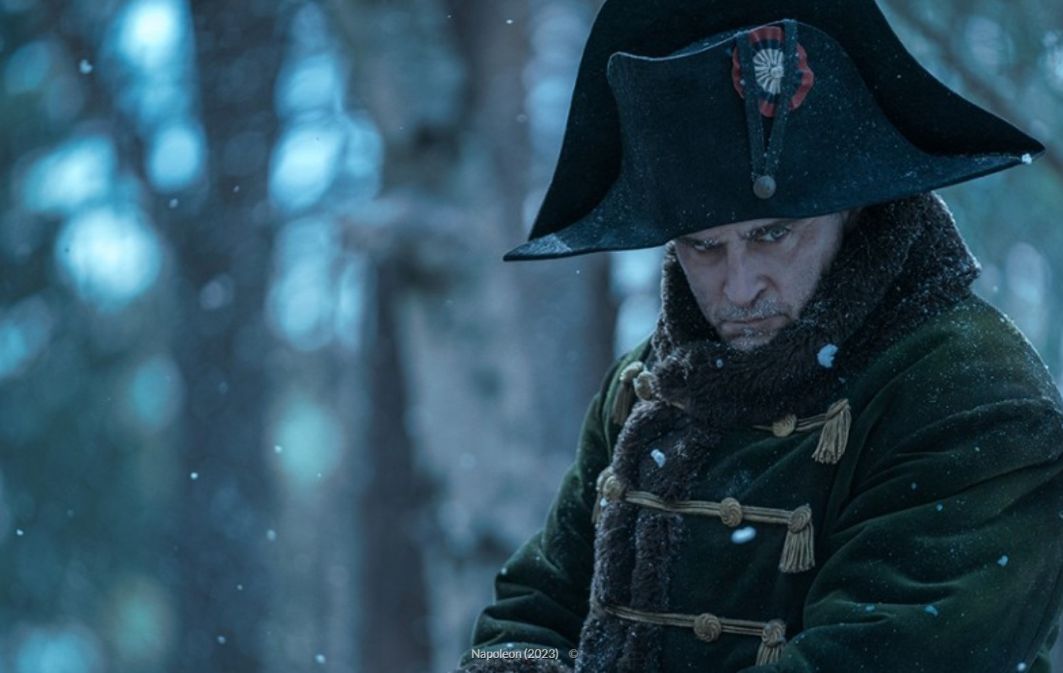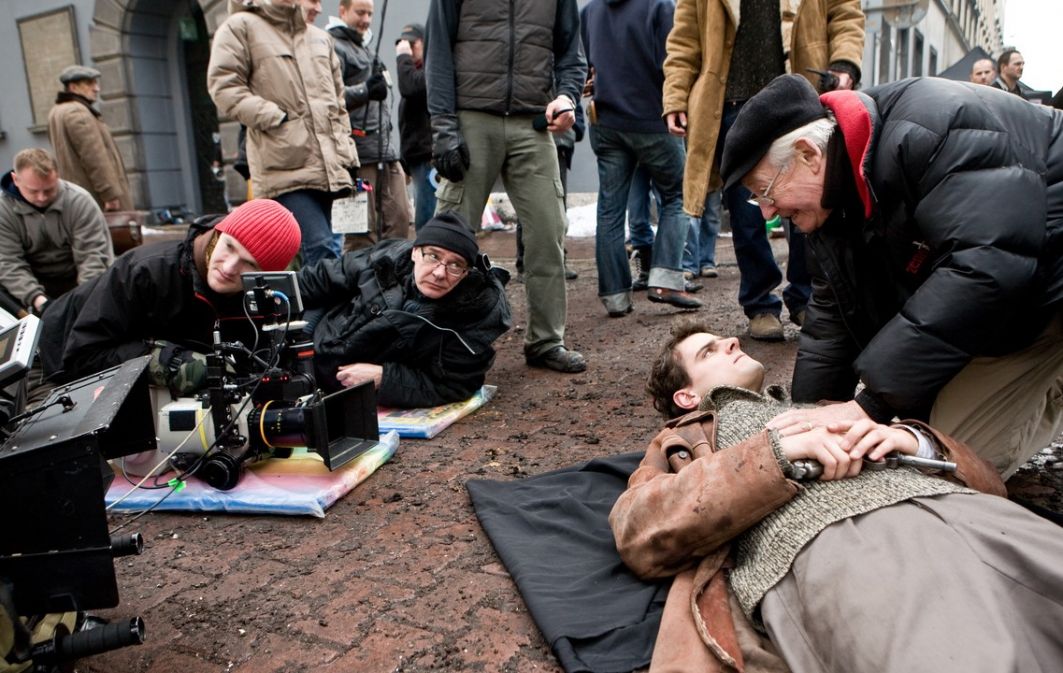For two decades, the artist had been inseparable from his camera. He worked for orders and for himself. He shot dozens, hundreds of photos a day; he selected good frames from them. He had his favorite motifs. Ladders, chimneys, cranes, gears, factories, modern architecture; sports parades, portraits of the artists’ companions (most of them were shaved down to zero, with fags in their mouths).
Masterpieces and iconic works were created then. Sublime ones.
Forms are complemented by shadows, human bodies are often transformed into abstractions, shots are dynamic, proportions are distorted. Here’s a guy climbing a ladder, view from below; big feet in the foreground. “Stairs”, another canonical work: the diagonal rhythm of the steps, the dark silhouette of a woman with a child in her arms crossing them, extended by a shadow. It is impossible not to associate this scene with the sequences (earlier by four years) on the giant stairway of Odessa from Eisenstein’s “Battleship Potemkin”.
Sports topics are treated in an equally innovative way – here they are consistent with Riefenstahl’s vision. Pathos and faith in human possibilities. Admiration for physical beauty, fitness and strength. The most brilliant of them: “Jump from the board” (1933). A compact lump of human/non-human body flying into the sky, above the clouds. Unmatched perfection from both the photographer and the jumper.
In group scenes, Rodchenko seems to be visually “racing” with Leni R. She documents the Olympic Games in Berlin, he does the same with sports competitions in the USSR, with the same nationalist-totalitarian distortion. Which doesn’t stop you from admiring the beauty of the composition.
The end of his life brought disappointment to the revolutionary. His old friends moved away, he was removed from artistic associations, and he ran out of commissions.
We will promote a horse as well
A song of the recent past? By no means! Similar scenarios happen in every era and in every system. Just for fun, let’s recall ancient Rome.
The ruler of the empire Caligula bestowed the title of senator on a horse called Incitatus. The steed lived in a marble stable, ate from an ivory manger, and gold flakes were sprinkled into his feed. But the Caesar wasn’t satisfied with this expression of his appreciation for the quadruped. Incitatus was given a house with servants, decorated and equipped according to his status. However, the senatorial dignity given to the animal did not mean the emperor’s faith in the horse’s common sense, but rather showed a lack of confidence in the intelligence of the other members of the senate.
We are waiting for the horse’s successor.
– Monika Małkowska
TVP WEEKLY. Editorial team and jornalists
– Translated by Dominik Szczęsny-Kostanecki
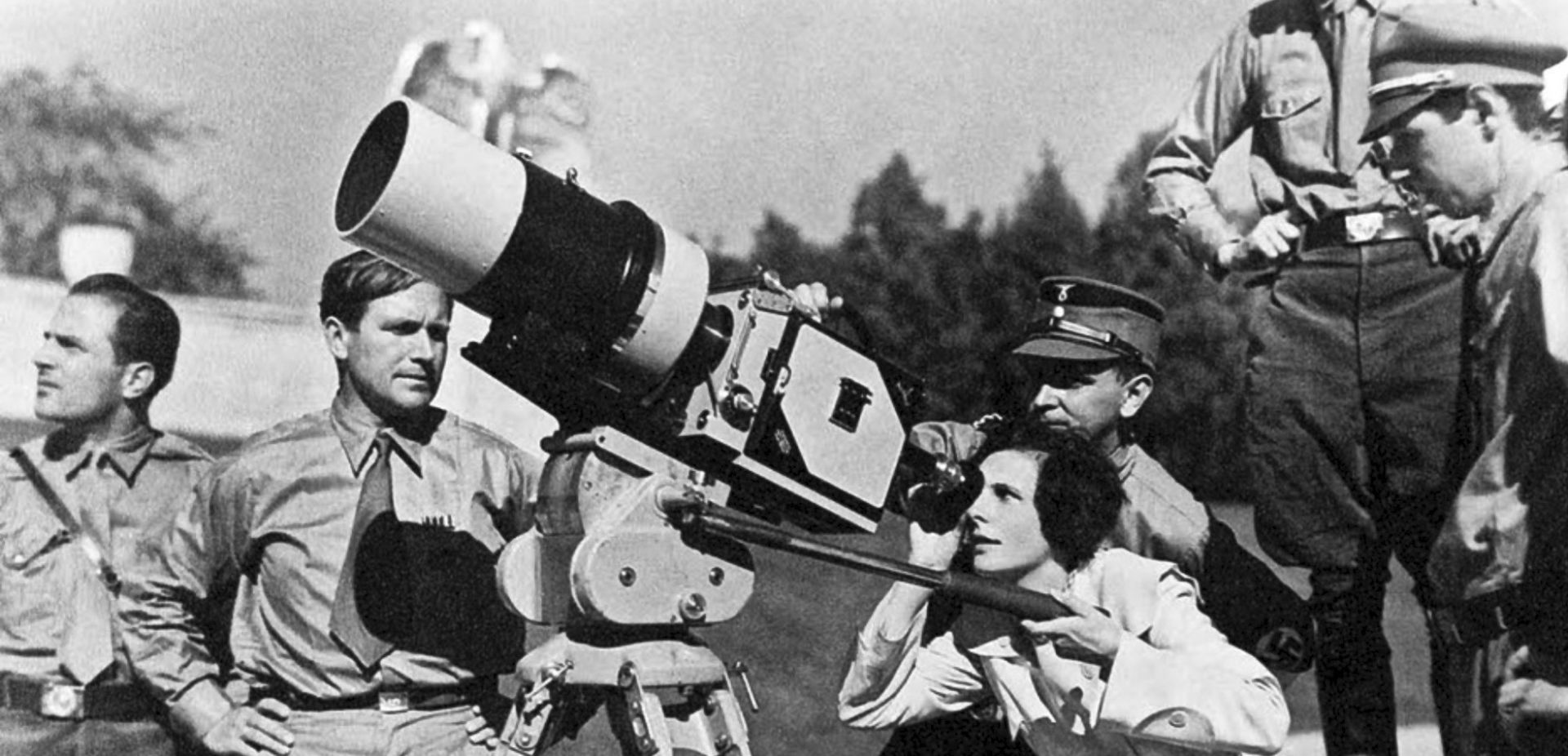
 SIGN UP TO OUR PAGE
SIGN UP TO OUR PAGE
 It’s a bit unfair – after all, the so-called “transfers” from one political party to another have recently become the norm.
It’s a bit unfair – after all, the so-called “transfers” from one political party to another have recently become the norm.